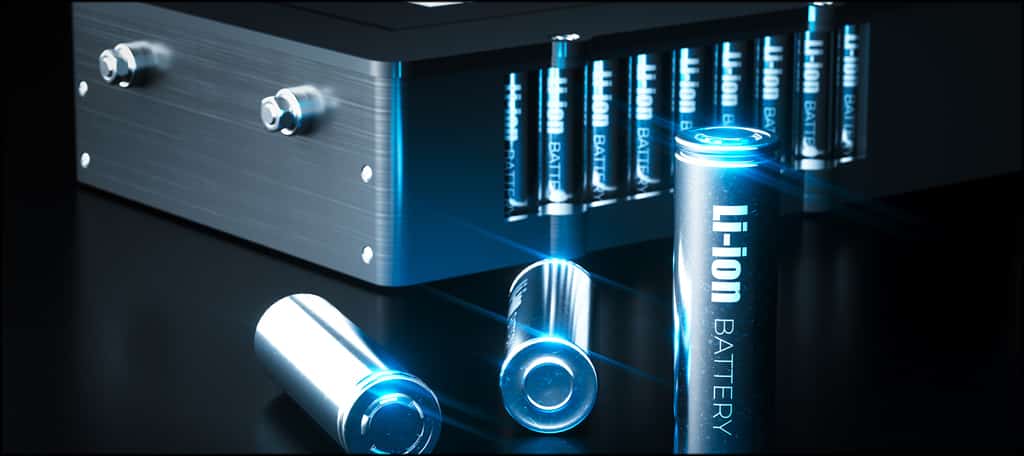
History was made when the first commercial electric plane flight took place in Vancouver, Canada. A 62-year-old, 6-seated seaplane was refitted with an electric motor and sustained flight for 15 minutes before landing.
It’s no secret that the airline industry has a huge problem when it comes to greenhouse gas pollution. And only recently have airline companies began to offset their emissions.
Switching from traditional flights to electric could significantly reduce the impact on the environment. However, the technology just isn’t there at the moment.
Harbour Air stated that this signifies the beginning of the third era in aviation, the electric age.
Electric Planes Fix Emissions
Electric planes can fix the major problem with flying…greenhouse gas emissions. Aviation as a whole is responsible for 2% of the global carbon dioxide emissions each year.
However, just like electric cars can fix land transport, electric planes solve the issue entirely.
There’s just one catch, they don’t exist yet.
A Long Road Ahead

This test proves that you can fly using an electric engine. However, battery storage capacities and engine power are just not ready for large-scale electric aviation.
That doesn’t mean it won’t be in the near future.
This test is a clear demonstration that the theory is sound and plausible. The issue is that a 6 seated seaplane is much, much smaller than a traditional commercial plane.
In reality, this is only the first step.
A Bright Future Ahead
This accomplishment came as a result of Harbour Air and magniX partnering together. Harbour Air is North America’s largest seaplane airline and due to the short flights, it is a perfect candidate to switch to electric.
For this test, magniX developed and installed the propulsion system of the plane. Together, the two companies hope to refit Harbour Air’s entire fleet by 2022. This may be the spark that launches the electric age of aviation.

